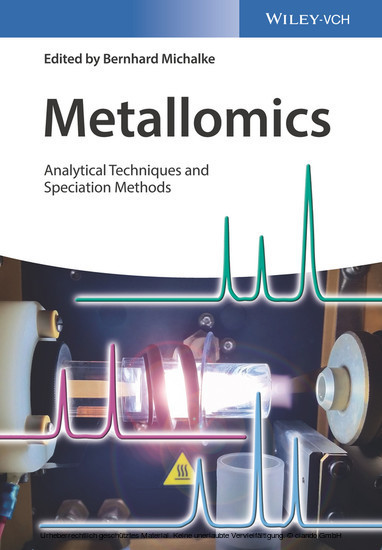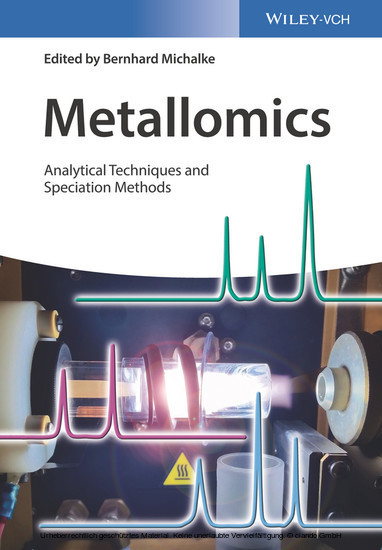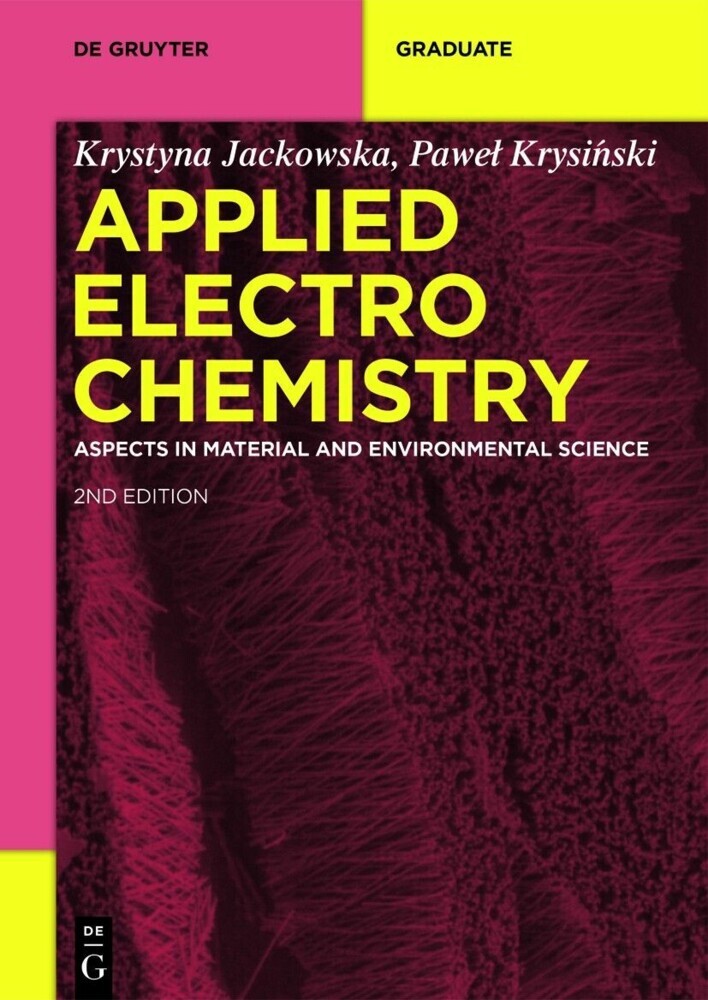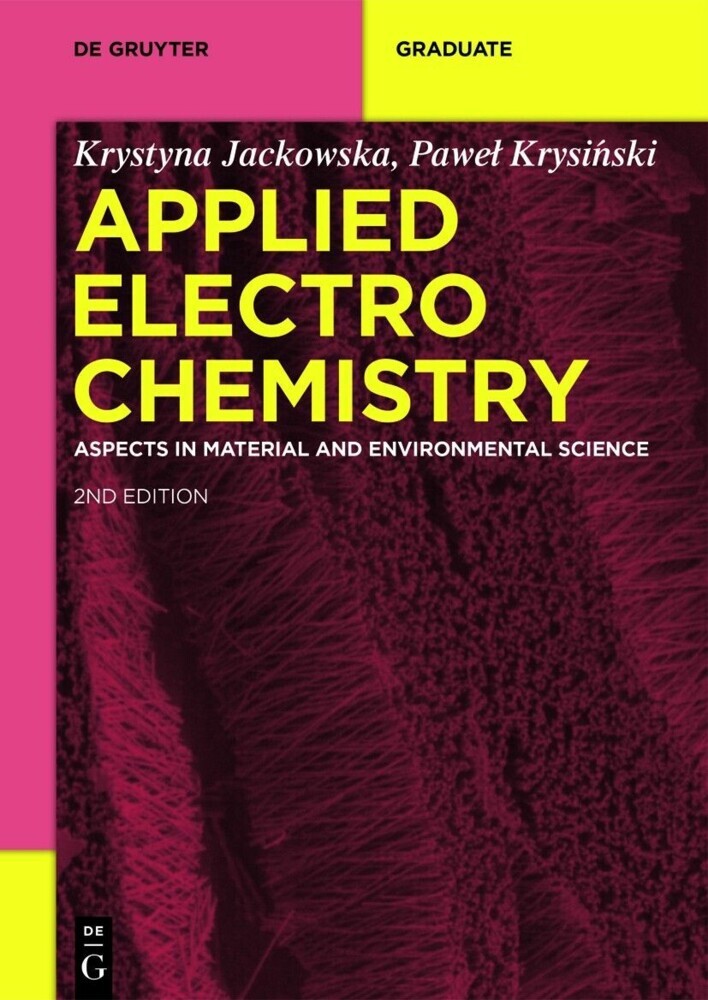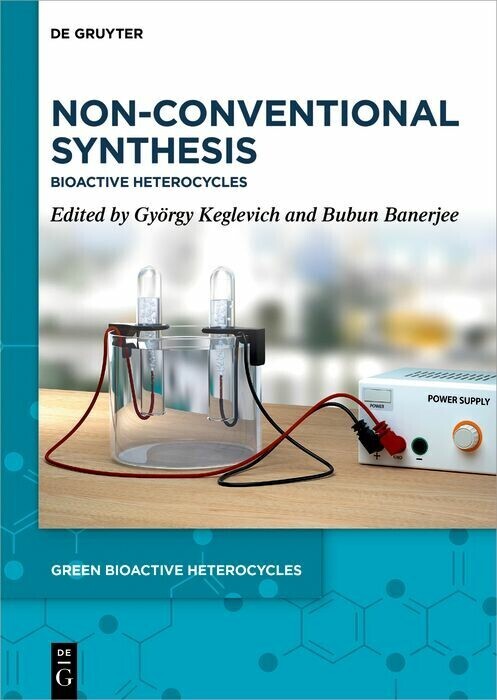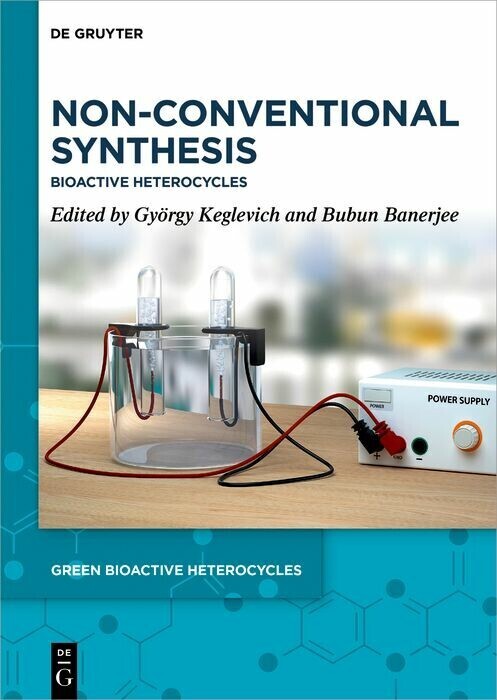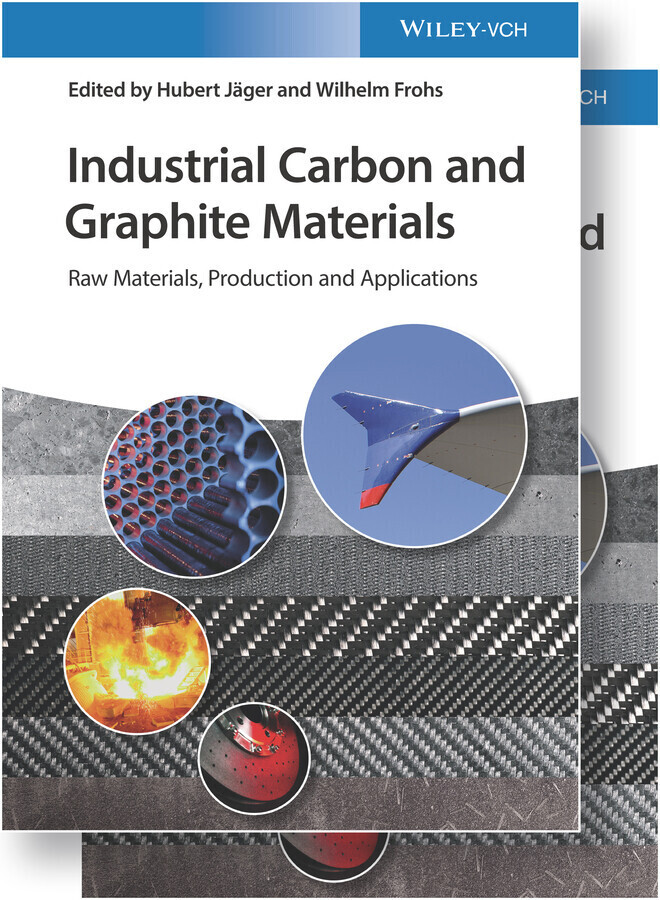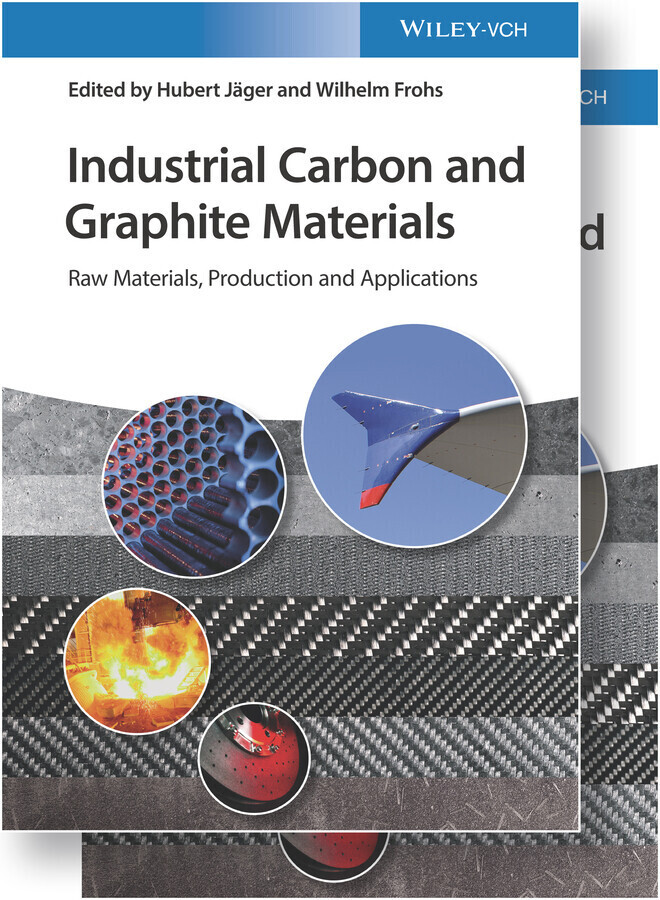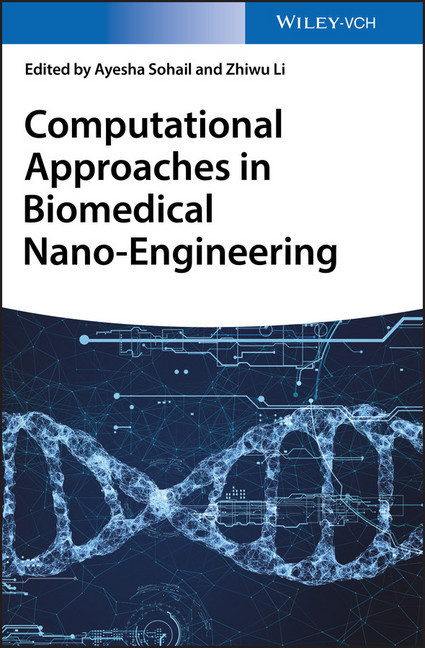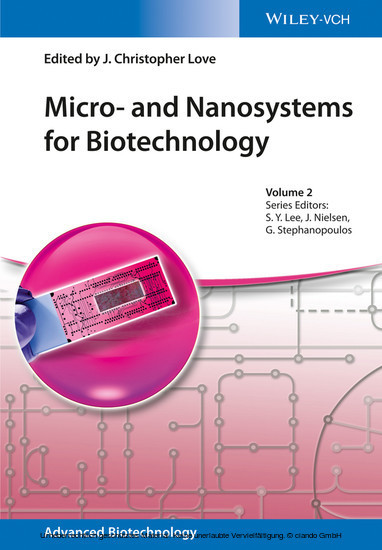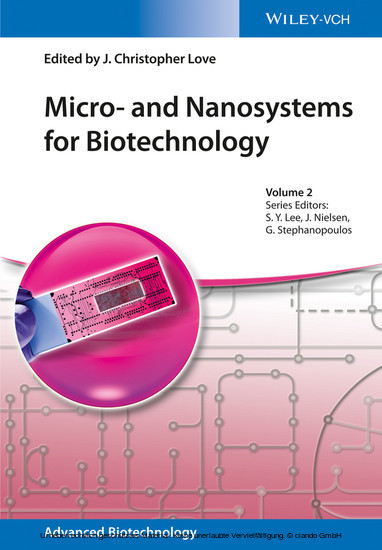Metallomics
Analytical Techniques and Speciation Methods
Latest developments, new insights and knowledge derived from speciation analysis in one unique compilation: The reader gets acquainted with relevant instrumental as well as application aspects of metallomics approaches, paving the road to understanding fate, pathway, and action of metals in environment and organisms. Upon an introductory chapter on analytical methods and strategies, the full bandwidth of applications is discussed. Expert chapter authors cast spotlights on recent topics such as metallomics applications to environmental and nutrition studies as well as biology and medicine. Special chapters deal with the impact of manganese and iron on neurodegeneration, and the impact of nanoparticles on health.
Bernhard Michalke is leader of the research group 'Elements and Element Speciation' and of the 'Central Inorganic Analysis Division' as well as deputy director of the research unit 'Analytical BioGeoChemistry' at the Helmholtz Center Munich - German Research Center for Environmental Health.
Since 1996 he has been lecturer at the Institute of Analytical Chemistry and Food Chemistry of the Technical University of Graz, Austria, where he received his habilitation in analytical chemistry in 1999. Since 1988, he is principal researcher at the Helmholtz Center Munich.
His reasearch interests encompass speciation projects related to environmental health, i.e. the exposure and chemical speciation of neuro-degenerative elements such as manganese and species related neuro-toxic effects in the central nervous system. He has published more than 170 peer reviewed articles and 10 book chapters. Since 1998, he has been co-organizer of several international conferences.
Bernhard Michalke is leader of the research group 'Elements and Element Speciation' and of the 'Central Inorganic Analysis Division' as well as deputy director of the research unit 'Analytical BioGeoChemistry' at the Helmholtz Center Munich - German Research Center for Environmental Health.
Since 1996 he has been lecturer at the Institute of Analytical Chemistry and Food Chemistry of the Technical University of Graz, Austria, where he received his habilitation in analytical chemistry in 1999. Since 1988, he is principal researcher at the Helmholtz Center Munich.
His reasearch interests encompass speciation projects related to environmental health, i.e. the exposure and chemical speciation of neuro-degenerative elements such as manganese and species related neuro-toxic effects in the central nervous system. He has published more than 170 peer reviewed articles and 10 book chapters. Since 1998, he has been co-organizer of several international conferences.
1;Cover;1 2;Title Page;6 3;Copyright;7 4;Contents;9 5;List of Contributors;19 6;Preface;27 7;Part I Analytical Methods and Strategies in Metallomics;31 7.1;Chapter 1 The Position of Metallomics Within Other Omics Fields;33 7.1.1;1.1 Introduction;33 7.1.2;1.2 Metallome and Metallomics in Relation to Other "-Ome" and "-Omics" Fields;33 7.1.2.1;1.2.1 Genomics;34 7.1.2.2;1.2.2 Transcriptomics;34 7.1.2.3;1.2.3 Proteomics;34 7.1.2.4;1.2.4 Metabolomics;35 7.1.2.5;1.2.5 Metallomics;36 7.1.3;1.3 Is Metallomics Feasible as a Global Study of the Metallome;37 7.1.4;1.4 Approaching the Metallome: Study of Metallome Subgroups;38 7.1.5;1.5 Analytical Strategies in Metallomics;38 7.1.5.1;1.5.1 Element Mass Spectrometry (ICP-MS);38 7.1.5.2;1.5.2 Coupling Techniques;38 7.1.5.3;1.5.3 Elemental Imaging Techniques;39 7.1.5.4;1.5.4 Bioinformatic Approaches;40 7.1.6;1.6 Functional Connections Between DNA, Proteins, Metabolites, and Metals;40 7.1.7;1.7 Metallothiolomics as Example for Metallomics Studies of a Metallome Subgroup;41 7.1.8;1.8 Concluding Remarks;44 7.1.9;References;45 7.2;Chapter 2 Coupling Techniques and Orthogonal Combination of Mass Spectrometric Techniques;47 7.2.1;2.1 Introduction;47 7.2.2;2.2 Analytical Techniques for Metallomics;49 7.2.2.1;2.2.1 Overview about Available Separation Techniques;49 7.2.3;2.3 Ionization Principles and Mass Spectrometric Detectors for Speciation;60 7.2.3.1;2.3.1 Element-Specific Detection with ICP-Based Techniques;61 7.2.3.2;2.3.2 Electrospray Ionization-Mass Spectrometry (ESI-MS);68 7.2.3.3;2.3.3 Matrix-Assisted Laser Desorption/Ionization-Mass Spectrometry Techniques (MALDI-MS);73 7.2.4;2.4 Overview about Coupling Techniques;78 7.2.4.1;2.4.1 LC Couplings;79 7.2.4.2;2.4.2 Coupling of CE and ICP-MS;82 7.2.4.3;2.4.3 Laser Ablation (LA);85 7.2.4.4;2.4.4 Gas Chromatography (GC);87 7.2.5;2.5 Final Remarks and Outlook;88 7.2.6;References;88 7.3;Chapter 3 Quality Control in Speciation Analysis Using HPLC with ICP-MS and ESI MS/MS: Focus on Quantitation Strategies Using Isotope Dilution Analysis;99 7.3.1;3.1 Introduction;99 7.3.2;3.2 Synergetic Use of Elemental and Organic Mass Spectrometry in Compound Quantitation and Quality Assurance of Food Selenium Speciation;100 7.3.2.1;3.2.1 Quality Assurance in Species Quantitation;100 7.3.2.2;3.2.2 Quality Assurance in Species Identification;102 7.3.3;3.3 The Role of Species-Specific Isotope Dilution in Increasing Metrological Traceability for the Quantification of Bioinorganic Species;102 7.3.3.1;3.3.1 IDMS and Speciation Analysis;102 7.3.3.2;3.3.2 Quantitative Se Speciation in Food/Supplements by Species-Specific IDMS: Production of "Speciated" Reference Materials;104 7.3.3.3;3.3.3 Species-Specific Double IDMS Quantification of Plasma Selenoproteins: Advantages and Limitations in Comparison with the Species-Unspecific IDMS Approach;106 7.3.3.4;3.3.4 Application of Species-Specific Double Spike IDMS to Account for Redox Exchange between Cr(III) and Cr(VI) Species: Practical Considerations for Quality Assurance;108 7.3.4;References;111 7.4;Chapter 4 Novel Methods for Bioimaging Including LA-ICP-MS, NanoSIMS, TEM/X-EDS, and SXRF;113 7.4.1;4.1 Introduction;113 7.4.2;4.2 Bioimaging by LA-ICP-MS;114 7.4.2.1;4.2.1 Principle;114 7.4.2.2;4.2.2 Elemental Bioimaging by LA-ICP-MS;115 7.4.2.3;4.2.3 Quantitative Bioimaging by LA-ICP-MS;117 7.4.2.4;4.2.4 Proteomic Bioimaging by LA-ICP-MS;118 7.4.2.5;4.2.5 Frontiers in Bioimaging by LA-ICP-MS;120 7.4.3;4.3 Bioimaging by NanoSIMS;120 7.4.3.1;4.3.1 Principle;120 7.4.3.2;4.3.2 Ion Sources;121 7.4.3.3;4.3.3 Application Fields;122 7.4.3.4;4.3.4 Application to Biological Samples;122 7.4.3.5;4.3.5 Analysis of Metals in Biological Samples;123 7.4.4;4.4 Bioimaging by TEM/X-EDS;123 7.4.4.1;4.4.1 Principle;123 7.4.4.2;4.4.2 Application to Biological Samples;126 7.4.4.3;4.4.3 Preparation of Biological Samples for NanoSIMS and TEM/X-EDS;128 7.4.4.4;4.4.4 Cryofixation;131 7.4.4.5;4.4.5 Lyophilization;133 7.4.4.6;4.4.6 Cryosubstitution;133 7.4.4
Michalke, Bernhard
| ISBN | 9783527694938 |
|---|---|
| Artikelnummer | 9783527694938 |
| Medientyp | E-Book - PDF |
| Copyrightjahr | 2016 |
| Verlag | Wiley-VCH |
| Umfang | 496 Seiten |
| Sprache | Englisch |
| Kopierschutz | Adobe DRM |

